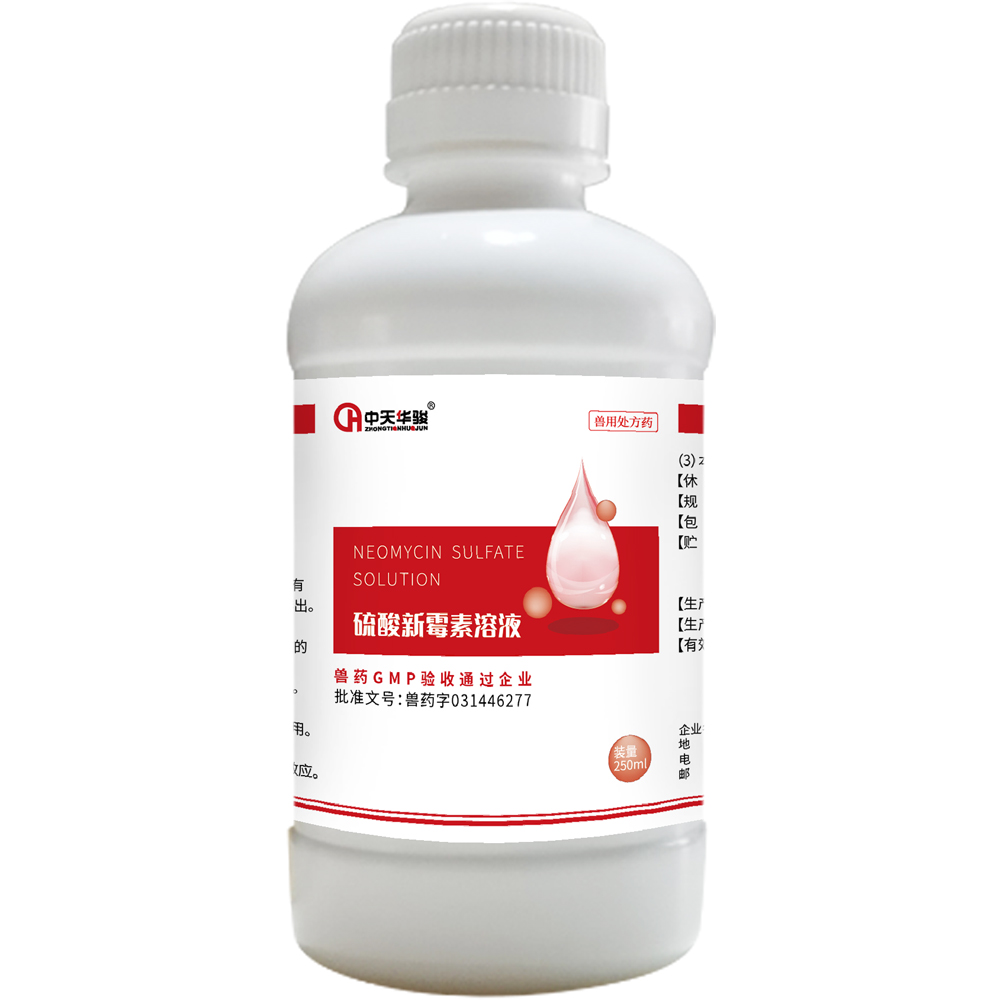
Dec . 12, 2024 09:58 Back to list
tylan tylosin factory
Tylan and Tylosin Production Understanding the Factory Process
Tylan, a brand name for the antibiotic tylosin, plays a pivotal role in veterinary medicine, particularly in livestock and poultry. It is primarily used to treat bacterial infections, improve growth rates, and enhance feed efficiency. As demand for efficient agricultural practices grows, understanding the production processes within a tylosin factory can provide insights into its significance and the complexities involved in its manufacturing.
The Importance of Tylosin
Tylosin is derived from the fermentation of *Streptomyces fradiae*, a type of soil bacterium. It is particularly effective against gram-positive bacteria and has shown efficacy in treating various infections in livestock—ranging from respiratory diseases to enteritis. Farmers value tylosin not just for its therapeutic properties but also for its ability to promote growth in animals. This dual function underscores its importance in modern animal husbandry.
The Tylosin Production Process
The production of tylosin in a factory setting involves several critical stages, from raw material selection to final quality control. Understanding these stages can illuminate how a simple antibiotic becomes a vital component in agricultural practices.
1. Raw Material Preparation The first step in the production process is sourcing and preparing raw materials. The culture medium typically contains carbohydrates, such as glucose, along with nitrogen sources and minerals that promote the growth of *Streptomyces fradiae*. Quality control begins here, as the purity and quality of these inputs can affect the yield and efficacy of the final product.
2. Fermentation The heart of tylosin production lies in the fermentation process. In large fermenters, the prepared media is inoculated with the *Streptomyces fradiae* culture. This environment is controlled meticulously—temperature, pH, and oxygen levels are monitored to ensure optimal growth conditions for the bacteria. Over several days, the bacteria metabolize the nutrients, gradually producing tylosin. This stage often requires advanced microbiological knowledge and technology to ensure maximum yield.
3. Extraction and Purification Once fermentation is complete, the next step is to extract and purify the tylosin from the culture. This can involve various physical and chemical methods, including solvent extraction and chromatography. The aim is to isolate the tylosin while removing any cellular debris and by-products from the fermentation process. This stage is crucial, as impurities can influence the safety and efficacy of the antibiotic.
tylan tylosin factory

4. Formulation After purification, tylosin is formulated for use. It can be prepared in various forms—whether as a powder for mixing with animal feed or in liquid form for injections. The formulation process also includes adding stabilizers or other compounds to enhance the product's longevity and effectiveness.
5. Quality Control Throughout the production process, stringent quality control measures are implemented. Samples from various production batches are tested for purity, potency, and microbial contamination. Regulatory compliance is critical, as the product must meet the standards set by food safety authorities. Any deviation could lead to recalls or health risks.
6. Packaging and Distribution Once quality control is complete, the tylosin is packaged under sterile conditions to prevent contamination. The packaging process is designed to ensure that the antibiotic remains effective until it reaches the consumer. Effective distribution channels are also essential, as farmers rely on prompt access to the product.
Challenges and Future Directions
The production of tylosin faces several challenges. Concerns over antibiotic resistance have led to increased scrutiny and regulation of antibiotic use in agriculture. As farmers seek alternatives, tylosin manufacturers must adapt by investing in research and developing new formulation strategies.
Sustainability also plays a critical role in future production methods. Factories are exploring more eco-friendly practices, such as reducing waste and optimizing resource use during fermentation and manufacturing processes. Advances in biotechnology could lead to more efficient production methods, increasing the yield while minimizing environmental impact.
Conclusion
The production of tylosin in a factory setting is a complex process that underscores the intersection of science, agriculture, and public health. As the agricultural landscape continues to evolve, understanding the manufacturing processes behind vital products like tylosin will be essential for ensuring sustainable practices and the effective treatment of livestock. By investing in innovation and adherence to safety standards, tylosin manufacturers can continue to support the agricultural industry while addressing challenges related to antibiotic use and environmental sustainability.
-
Quality Bacillus Coagulans BC30 Factory - Expert Production
NewsAug.02,2025
-
China Salivation AI with GPT-4 Turbo Features
NewsAug.01,2025
-
Epic Sepsis Factories: AI-Driven Detection with GPT-4 Turbo
NewsJul.31,2025
-
Acute Salpingitis and Oophoritis AI Factory
NewsJul.31,2025
-
Premium China Bacillus Subtilis Supplier & Factory Solutions
NewsJul.30,2025
-
Premium Avermectin Supplier in China | Custom Solutions Available
NewsJul.29,2025




